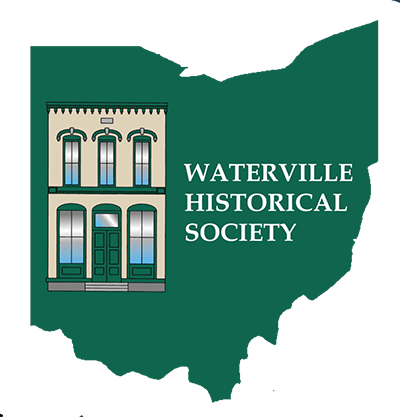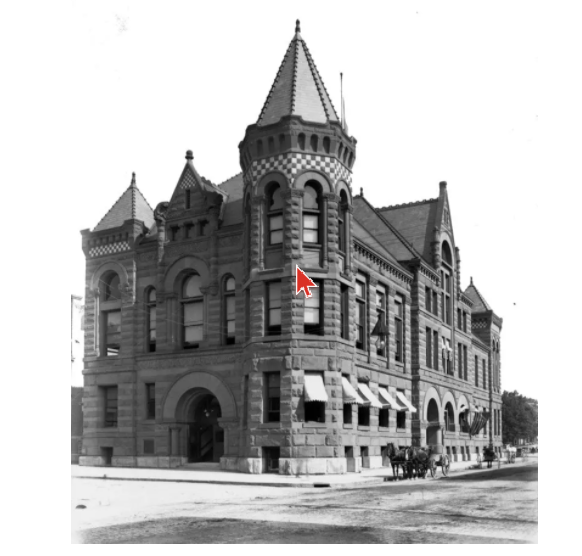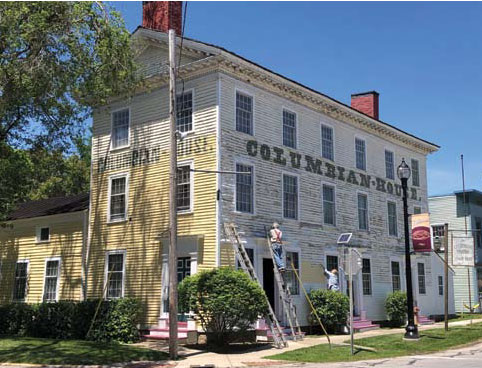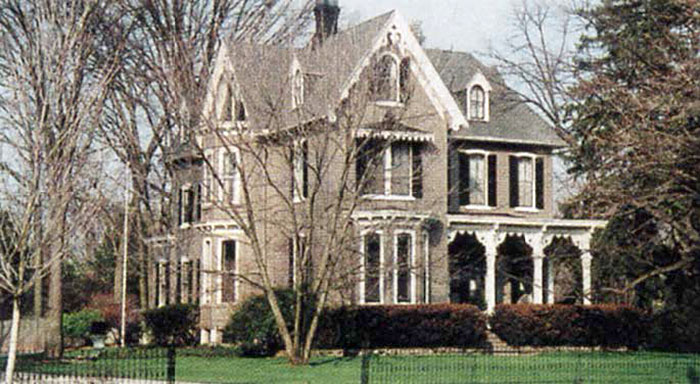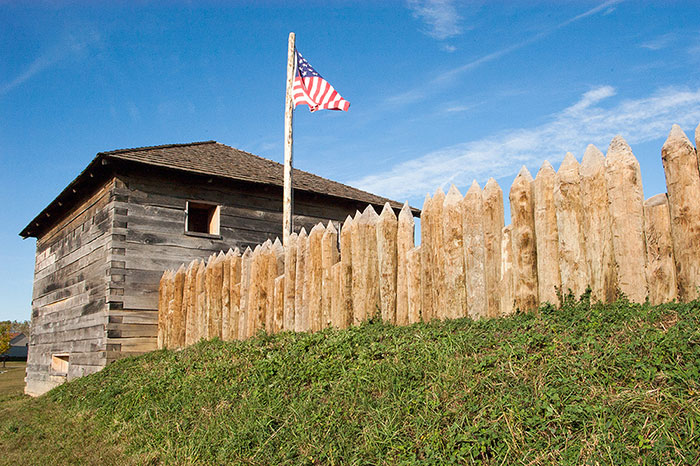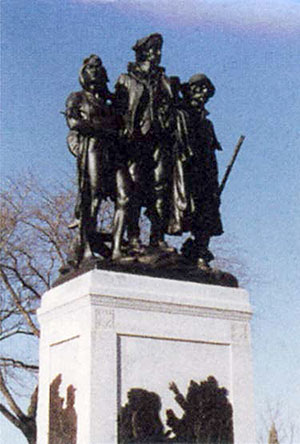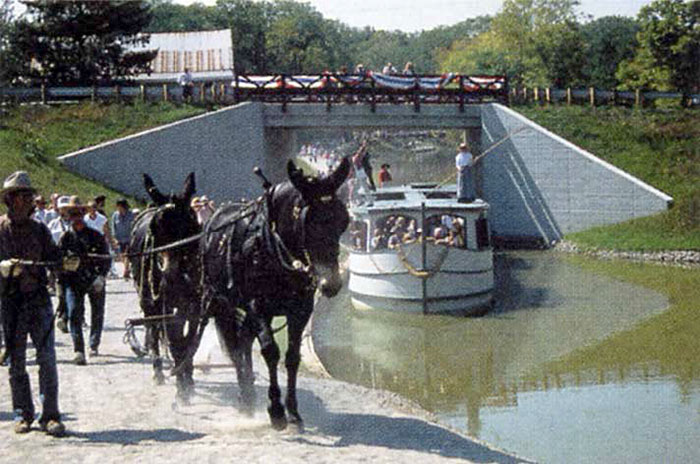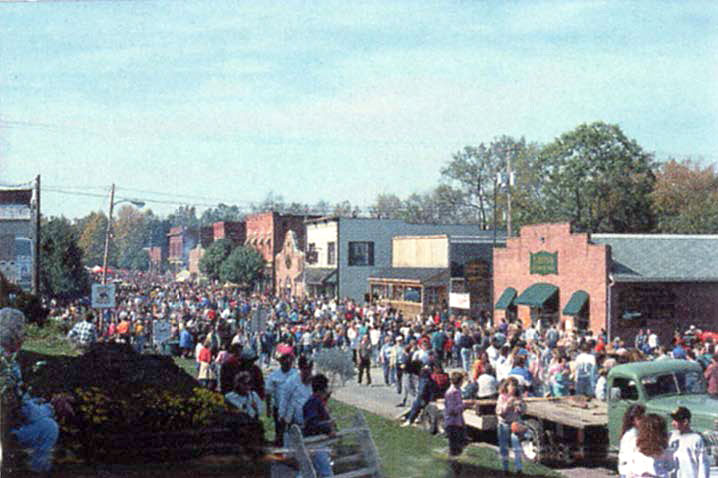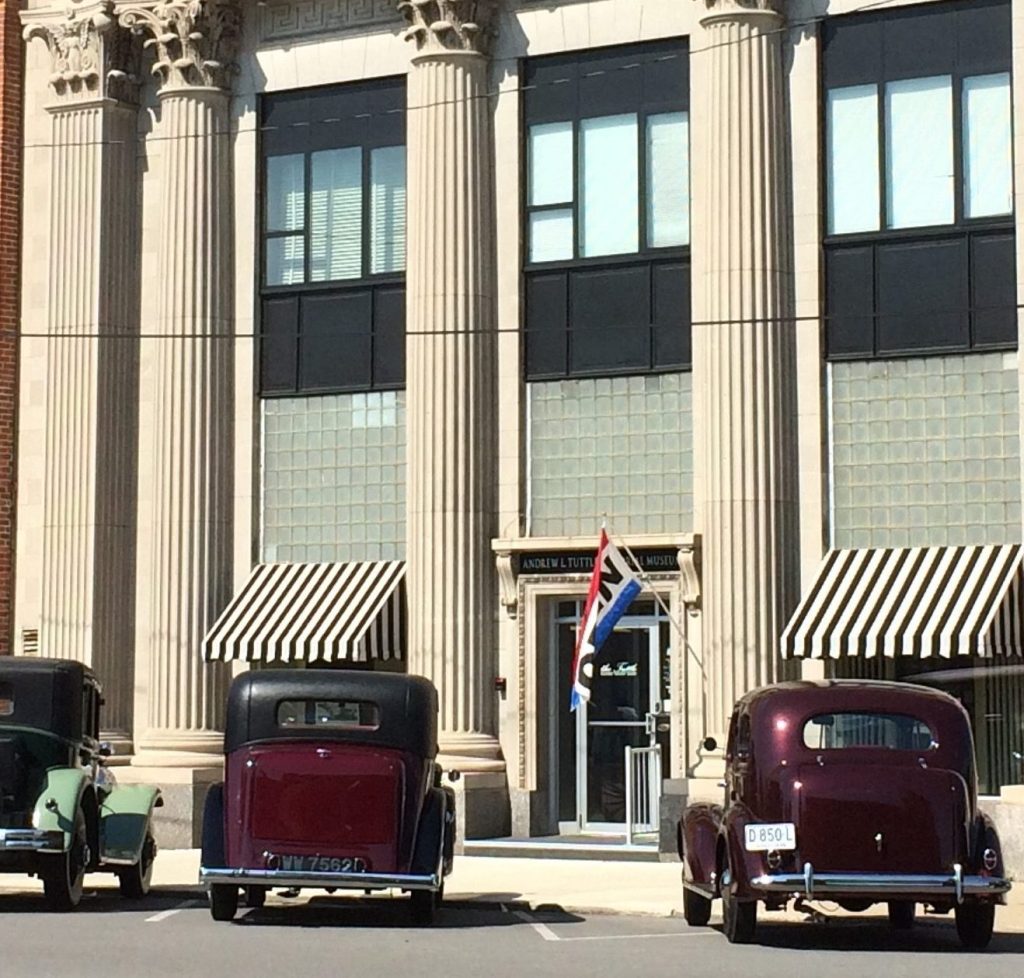
Andrew L. Tuttle, a lifelong resident of Defiance, Ohio, bequeathed his extensive collection of Native American artifacts, coins, documents, stamps, military memorabilia, and other artifacts, to the city of Defiance with the stipulation a museum would be established in his name. The City accepted the entire collection in 2003 and steps were taken to catalog and stabilize the collection. The Tuttle, as the museum has been nicknamed, officially opened to the public in May 2011. More information can be found at www.tuttlemuseum.com.
The Andrew L. Tuttle Memorial Museum is located at 514 West Third Street,
Defiance, Ohio 43512, 419.782.0746
The museum is open Thursdays: 10:00 a.m. to 4:00 p.m., the first Sunday of the Month 1:00 p.m. to 4:00 p.m. Tours by Appointment are not available at this time. Closed Holidays

